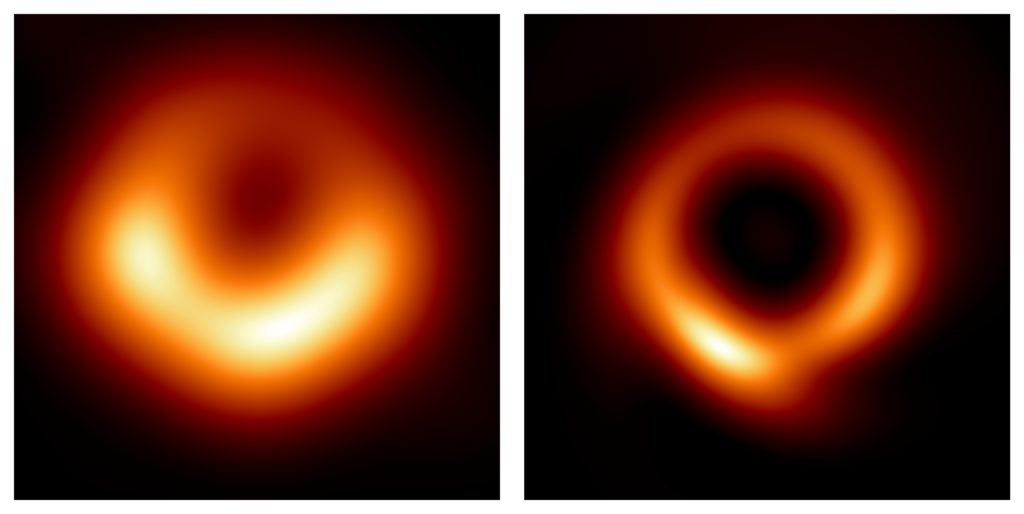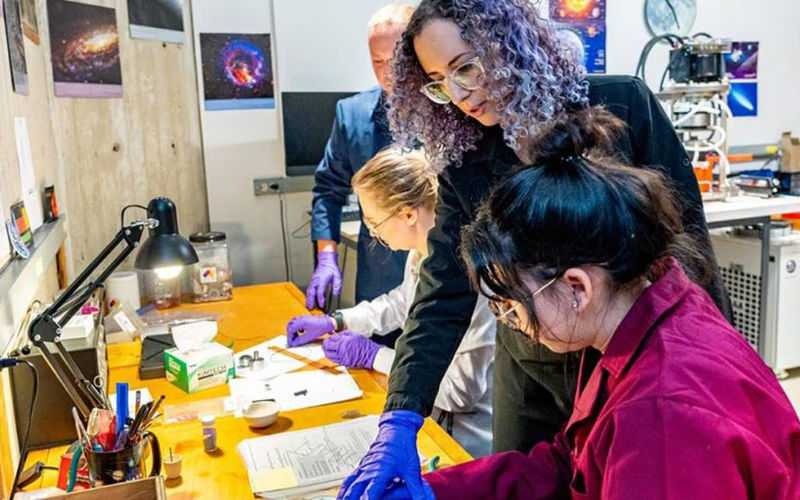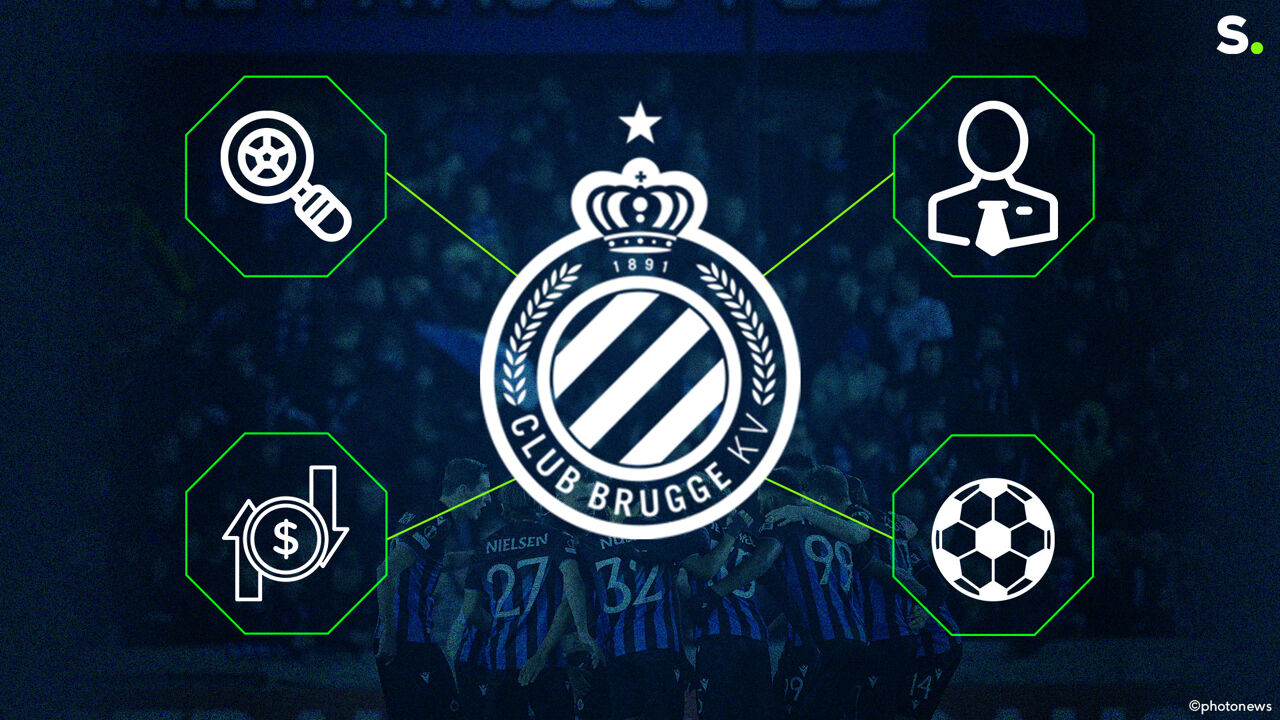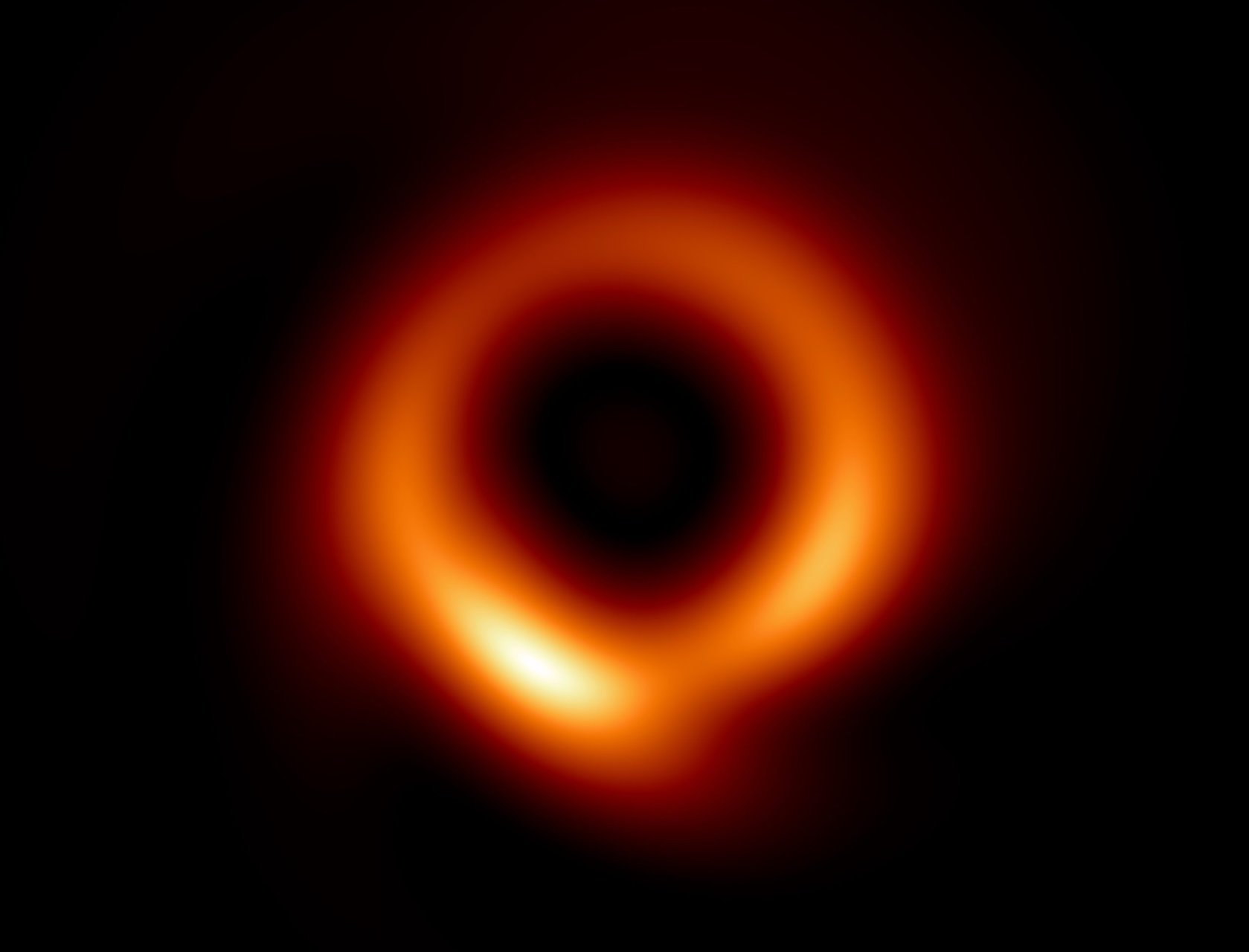The iconic image of the supermassive black hole at the center of the galaxy M87 has been transformed. The AI reconstructed a sharper version of the first image of a black hole from measurements.
Four years ago, astronomers presented the first image of a black hole, taken by the Event Horizon Telescope (EHT). More precisely, it was an image of a ring of hot matter surrounding the supermassive black hole at the center of the galaxy M87, 55 million light-years away.
Now a group of American researchers has developed a new machine learning technique (a form of artificial intelligence) to make this picture better and clearer. On the new photo it is glowing Fuzzy donut It turns into a narrower fiery ring. The black spot in the middle became larger and darker.
Read also
Guns on the Moon
The Moon could just become a “strategic military priority”. But if you like, the soldiers who patrol the surface of the moon…
Black holes themselves do not emit light. The faint ring you see in the images comes from the fiery clouds of gas swirling around it. The intense gravity of the supermassive black hole bends this light. This results in a ring of light around the dark “shadow” that encloses the black hole.
Old data new image
For the new image, the research group used the same EHT measurements from 2017 that were used for the first image of a black hole. Therefore, no additional notes were used.
How did the researchers reconstruct a more accurate picture using the same data? “To get a sharp image of a black hole, we need a telescope the size of Earth,” says the astronomer. Lea Medeirosfrom the Institute for Advanced Study in the United States. We can’t build such a huge telescope. A team of telescopes scattered around the Earth was used. This is why we don’t have all the information needed to get a clear picture, and we have to use computer algorithms to fill in the “gaps”.
Medeiros and her colleagues have what it takes to fill in these gaps PRIMO artificial intelligence computer program developed. PRIMO uses the so-called Learn the dictionary. In this case, that means the program learns from a large training set of more than thirty thousand computer simulations of gas clouds around black holes. With the help of that knowledge, you fill in the gaps. Dictionary learning has been used before To complete Beethoven’s Tenth Symphony.
assumptions
PRIMO had to make a number of assumptions to arrive at a sharp new picture. “The main assumption is that the image roughly corresponds to a ring,” says Medeiros. This assumption is reasonably safe, because the first photo clearly showed it. “Moreover, we prefer the image to closely match the simulated images in our training set.”
To prevent PRIMO from unfairly giving preference to images that match astronomers’ predictions, lower-probability simulations were also intentionally included.

The new image pretty much matches the first image of 2019. There were no big surprises, Medeiros says. “The main important difference is that the ring is half as wide, and the dark spot in the middle is larger and darker.”
Astronomers can use this new information to test Einstein’s theory of relativity and other theories that predict how matter will behave as it orbits the black hole. They can also determine the mass of the black hole—about 6.5 billion times the mass of our Sun—more precisely. Then the research group wants to use PRIMO to get a clearer picture of the black hole at the center of the Milky Way.

“Thinker. Coffeeaholic. Award-winning gamer. Web trailblazer. Pop culture scholar. Beer guru. Food specialist.”







More Stories
The Bloober team is working on a mystery game in collaboration with Take-Two Interactive
boulder sky 1484 | 1 – 8 May 2024
These NASA shuttles, rockets and rovers are made of Lego bricks